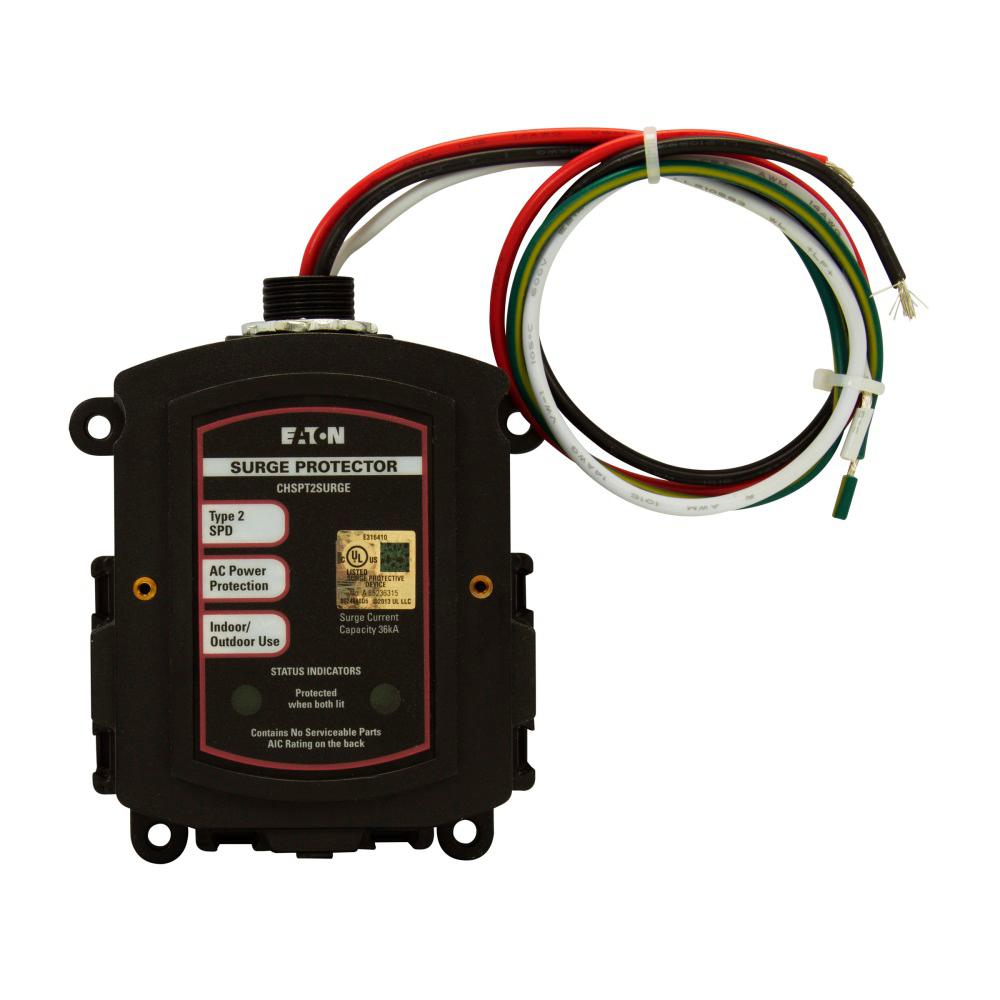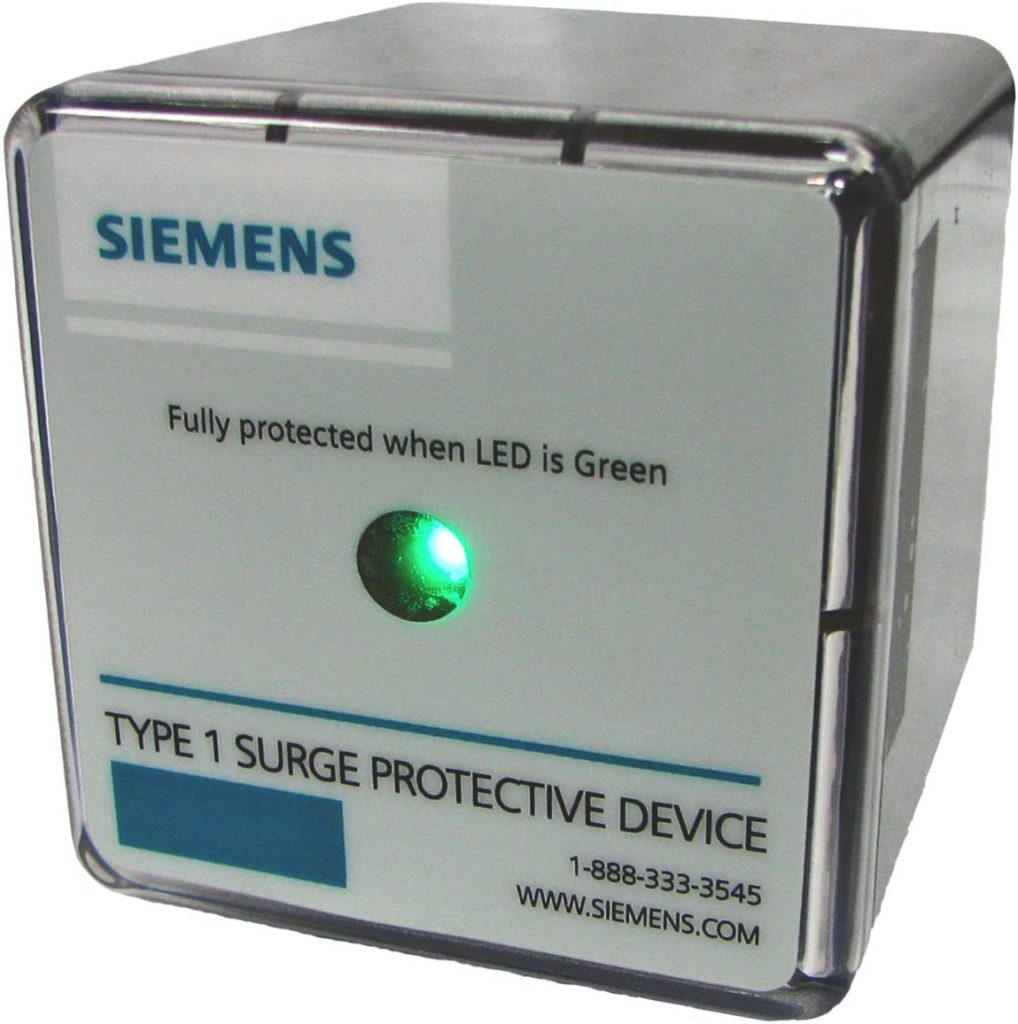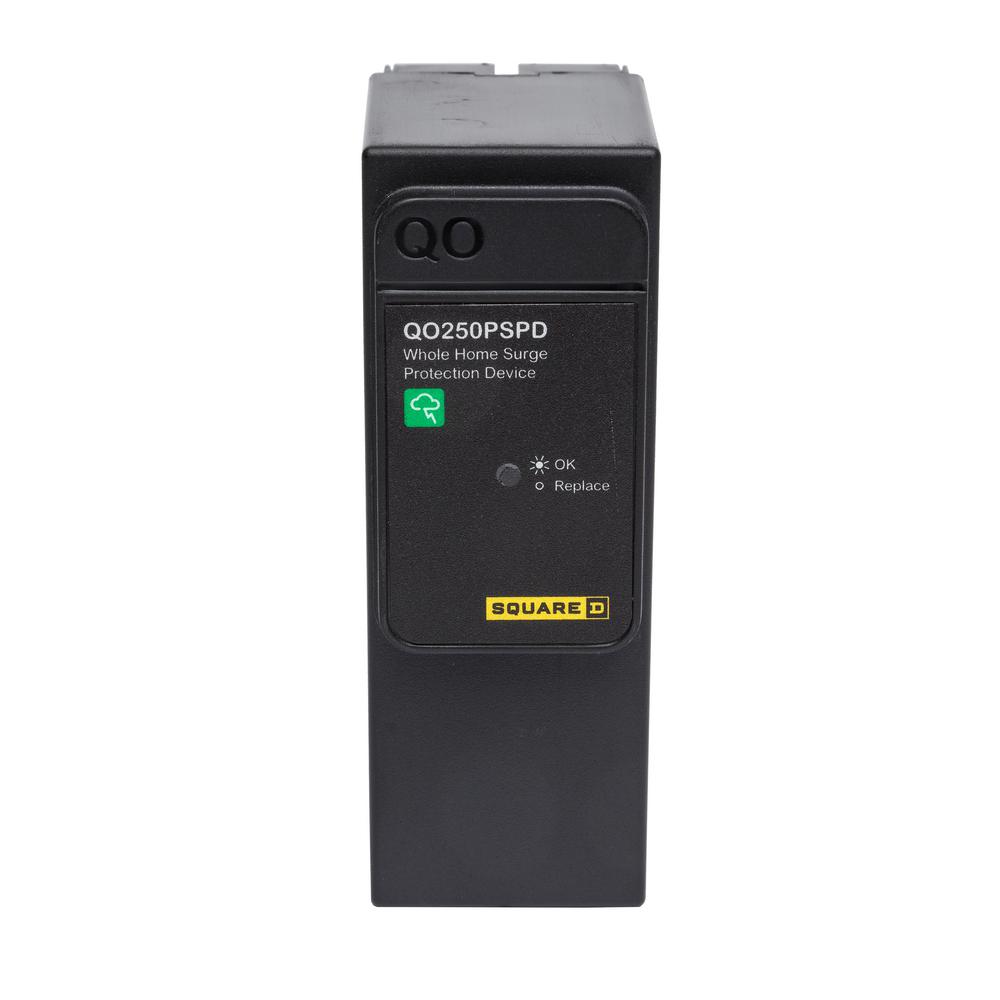Table Of Content

Rachel Klein is a Senior Commerce Editor for Popular Mechanics, where she writes about everything from garden hose reels and patio furniture to mesh wifi systems and robot vacuums. Fast-forward another five years and her area of expertise includes home decor, appliances, tech, and outdoor adventure gear. In her spare time, you'll find her planning her next trip, reading historical fiction, and seeing as much art as she can squeeze into a weekend. It's designed with three protection modules that operate independently. That means if one module fails, your home isn't left unprotected. It also means that you don't have to install a brand new SPD after a surge because the individual modules are easy to replace.

What if I already have power strips with built-in surge protection? Do I still need a whole-home one?
First turn off the electricity from the main board and then remove the front of the panel which will expose the circuit breakers. After that remove the knockout plug from the side and install the surge protector. It is better to have a professional handle this task for added safety and accuracy. It is quality assured product and provides excellent whole-house surge protection. If you’re looking for a low cost type 2 surge protector for your home, the Eaton CHSPT2ULTRA is a fantastic choice.
Buying Circuit (Plug-in) Protection
A whole-house surge protector will also protect the electrical system itself. Preventing an electrical surge from traveling through a house safeguards electrical wiring, outlets, and circuit breakers. If a home experiences an electrical surge without a surge protector in place, the entire electrical system could need to be replaced, resulting in thousands of dollars in cost. If the home’s electrical wiring is old and outdated, it will likely need to be upgraded before a homeowner has a new whole-home surge protector installed. New electrical wiring can cost anywhere from $600 to $2,300 depending on the extent of the project.
Can I install a whole home surge protector myself or do I need a professional?
Errors will be corrected where discovered, and Lowe's reserves the right to revoke any stated offer and to correct any errors, inaccuracies or omissions including after an order has been submitted. Expect to pay between $20 and $70 for a quality power strip or surge station, and from $100 to $350 for a UPS. Protection for an average house with 200-amp service will run about $500—including a couple of hours of an electrician’s labor. Separate but smaller whole-house units are recommended for the phone and cable lines. These protect fax and answering machines, televisions, and modems.
The minimum recommended electricity amperage that a surge protector can handle is 40,000 amps. Since a typical lightning bolt is around 30,000 amps, it is important that the surge protector can handle that and then some. There are surge protectors available that can take on much more, but 40,000 amps is usually enough for a residential home.
Since a large portion of the cost for a whole-house surge protector is labor, homeowners will not want to skimp on the quality of the surge protector itself. Homeowners are advised to read reviews, request recommendations from electricians, and choose a long-lasting, trusted surge protector brand. Rest easy knowing your home’s electrical safety is backed by a robust five-year manufacturer’s warranty and a $75,000 connected equipment warranty.
Voltage rating
Having the device trip every time the power hits 121 volts, for example, would cause unnecessary wear, so the MCOV is set a little higher. Generally, this provides a margin of between 15 percent and 20 percent. For example, a 120-volt surge protector with a 20 percent margin would have an MCOV of 144 volts.
Installing a whole home surge protector can be a complicated process that requires a certain level of electrical expertise. Therefore, it is recommended that you hire a professional electrician to install a surge protector in your home. This will ensure that the surge protector is installed correctly and that your home is protected from electrical surges or spikes that could damage your appliances and electronics.
Whole-house surge protector costs depend on the type, brand, and labor required to install them. Each of these factors is described below to help homeowners choose the best whole-house surge protector for their home. Type 2 SPDs discharge high currents to earth, preventing the spread of medium overvoltages in the electrical installation and protecting equipment that is connected to it.
A surge protector can send the excess energy away from connected devices and help prevent damage to your equipment. This guide explains how to choose the best surge protectors for your home based on the level of protection you need. Whole house surge protectors are the perfect choice for any homeowner looking to protect every device within their home from electrical surges and overloads. These devices not only protect a home’s fleet of electrical outlets but also every appliance that is left plugged into them during a lightning strike or other surge event.

A surge protector is a device that keeps the appliances and electrical equipment in the house out of the harm’s way. The surge protector limits the voltage that goes to an appliance or equipment. It is done by either blocking the current or shorting it to ground. The surge protector treats any voltage above the safe threshold in the same manner. There are two components that you must look for when buying a surge suppressor or surge protector device.
CONSUMER'S WORLD; When Lightning Strikes, Your Gadgets Are at Risk (Published 1988) - The New York Times
CONSUMER'S WORLD; When Lightning Strikes, Your Gadgets Are at Risk (Published .
Posted: Sat, 09 Jul 1988 07:00:00 GMT [source]
A whole house surge protector defends your home against electrical surges by preventing the excess voltage from reaching your appliances and devices. By doing so, it reduces the chances of home fires and other related hazards caused by electrical malfunctions. These devices also provide a more efficient and permanent solution to prevent damage to your electronic appliances or motors from voltage spikes. In summary, the installation of a Whole Home Surge Protector is an excellent investment in the safety and longevity of your home. At times, power surges can be so severe that they even disable your home’s surge protector.
Make your home safer with these 5 tips - National Globalnews.ca - Global News
Make your home safer with these 5 tips - National Globalnews.ca.
Posted: Sun, 16 Nov 2014 08:00:00 GMT [source]
This whole-house surge protector comes 5-year product warranty, which is less than the competition, though you'll get up to $50,000 of coverage on connected residential equipment. Keep in mind that the surge protector needs to work with your breaker box's manufacturer (not all do) and must be compatible with your electrical system's current. Also, if you're installing a whole-house surge protector inside a breaker box, make sure there's enough room inside to accommodate it. Details about each type, from where they are installed to what they protect against, are explained below. Yes, they do work, these devices are designed to take the hit from the energy burst and during the process protect the appliances and equipment in the home. If the whole house surge protector is working fine, then it means that there has been no energy spike of any kind.

No comments:
Post a Comment